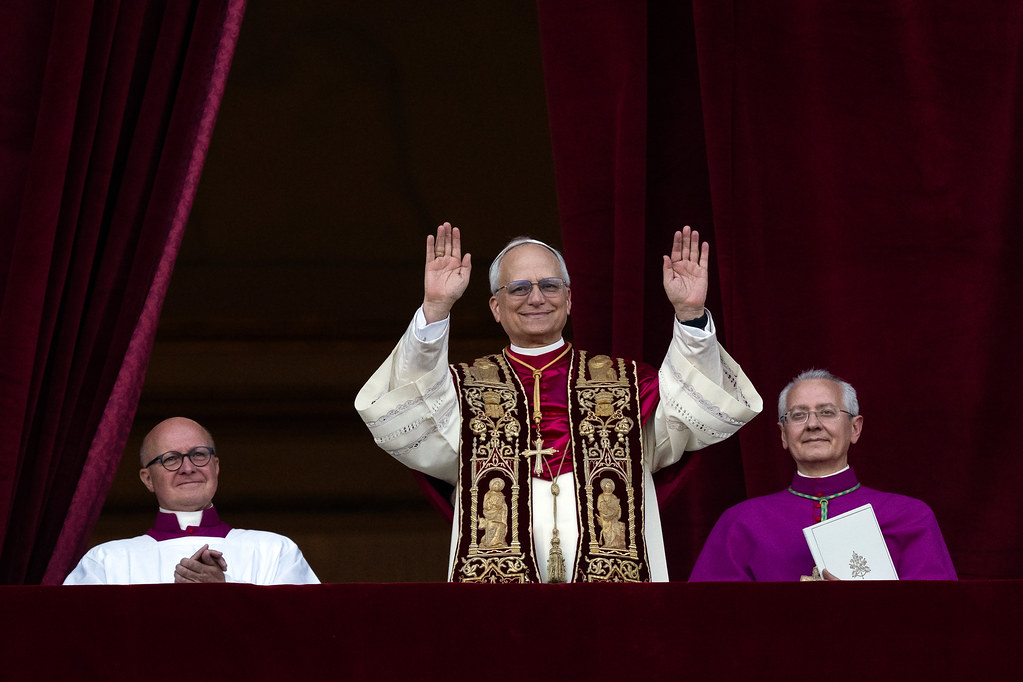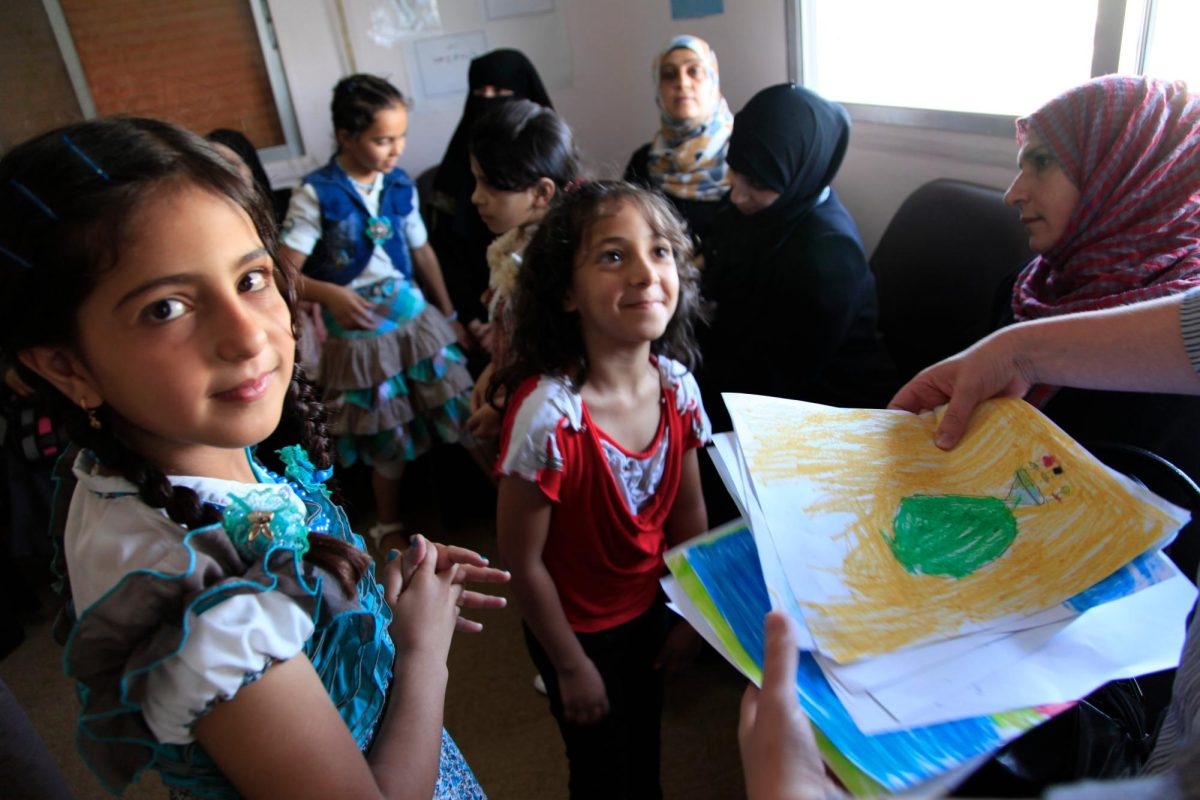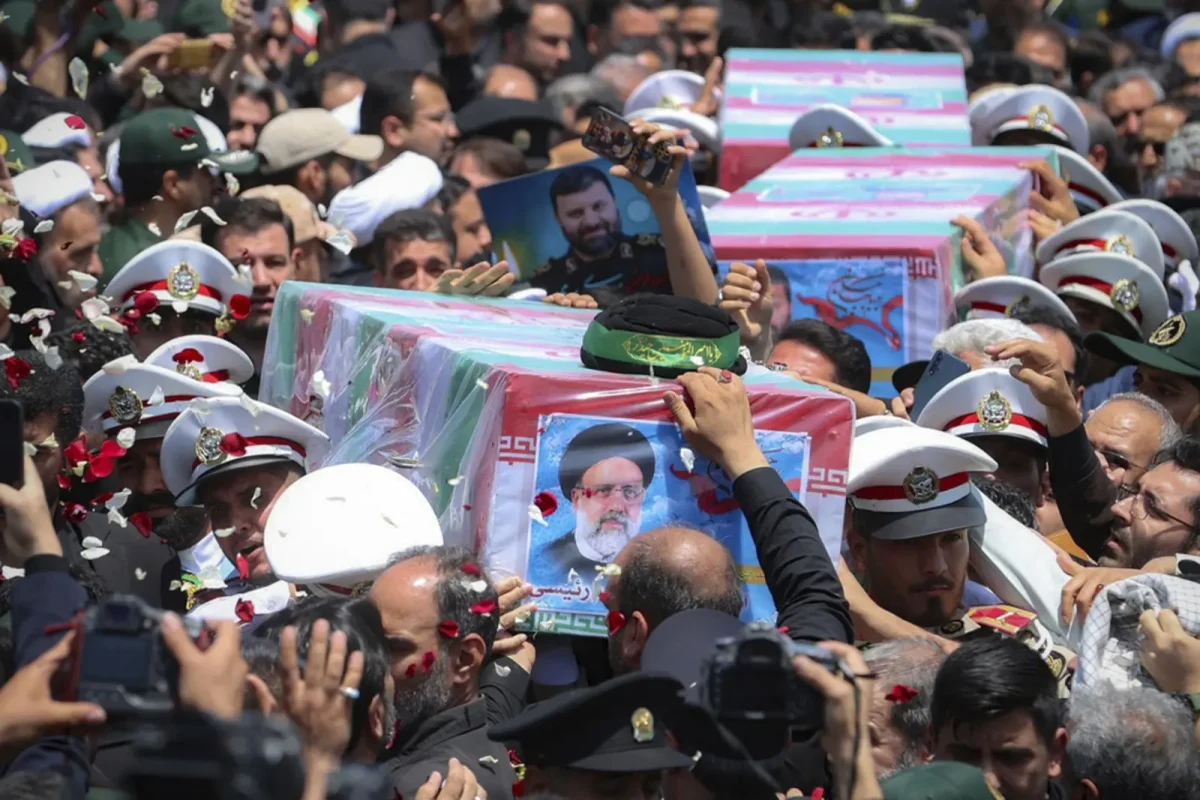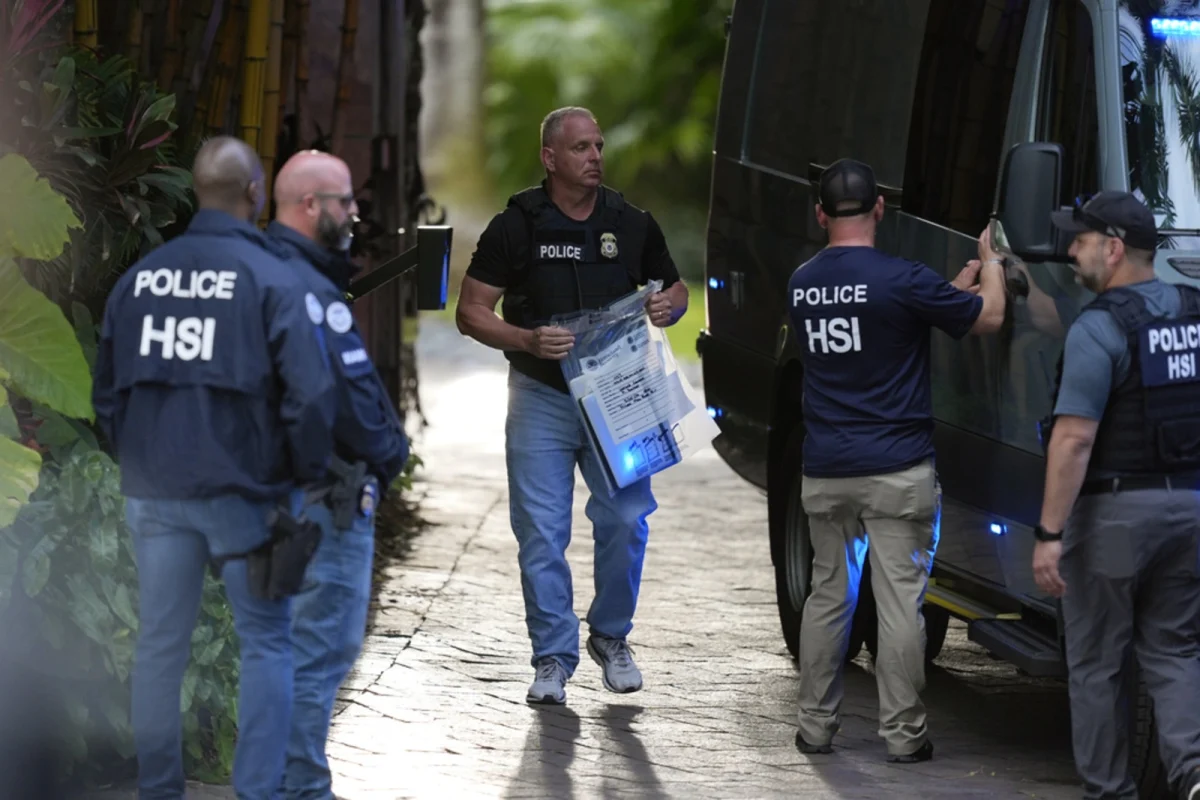On Tuesday, March 18, 2025, over 400 Palestinians died with hundreds more in critical condition as a result of a series of Israeli airstrikes aimed at the Gaza Strip. This series of airstrikes broke the already strained truce between Israel and Hamas, and violates the conditions placed under the ceasefire deal. Following the attack, Israeli Prime Minister Benjamin Netanyahu claimed that “this is just the beginning.” Tension between Israel and Hamas grew stronger as evacuation procedures commenced in neighborhoods within the Gaza enclave.
Initially, Israel and Hamas planned to move the ceasefire through three different stages, however; Israel’s airstrikes happened in the midst of the transition from the first stage of the ceasefire deal towards the second stage. Since the first stage of the ceasefire expired at the end of February, Israel and Hamas never properly discussed how to go about the second stage, and the ceasefire remained under the transition period for weeks.
Israel blames Hamas for several reasons. Israel demanded Hamas for the release of more hostages shortly after the expiration of the first stage, after Hamas released 25 living hostages and eight dead hostages during the first stage. Israel also believed that Hamas military forces started re-arming, and labeled the airstrikes as a pre-emptive effort. Israeli forces ended the ceasefire with airstrikes in order to pressure Hamas into complying with Israel’s requirements to release the remainder of their hostages among other demands.
Hamas accused Israel of violating the conditions of the ceasefire and saw it as a way to “continue its genocide”. Additionally, the militant group criticized the Israeli humanitarian blockades across the borders of Gaza, claiming that Israel tried to inflict a famine across Gaza, and that the blockades came as a form of blackmail. On April 17, Hamas claimed that Israel deprived the people in Gaza of basic essentials for weeks. In addition to their claim, Hamas adds, “We renew our calls for the international community to take action to stop the starvation and blockade imposed on the Gaza Strip.”
Since the ceasefire broke, Israel sent numerous attacks towards Gaza. The night after the ceasefire broke, on March 19, Israel sent another barrage of airstrikes into Gaza, killing 85 people. Israeli forces struck a residential building on April 9, and killed 29 people. To date, the death toll within the enclave since the ceasefire’s collapse amounts to over 1,800 people.
Prime Minister Netanyahu recently faced severe criticism through a letter from reservists over his methods of handling the conflict. His strategy to force the release of hostages through violence received backlash, as reservists ask Netanyahu to prioritize freeing hostages versus dragging on the conflict with Hamas. Reservists believe that hostages should return through a safe and civil method, “As has been proven in the past, only a deal can bring the hostages back safely,” the letter reads.
Netanyahu turned down the criticisms in the letter, saying that the signatories of the letter do not represent those fighting in the Middle East or the public itself. In response to the letter, Israeli Defence Minister Israel Katz believed that the letter had underlying intentions to diminish the legitimacy of the Israel-Hamas war.
As of April 22, Qatar and Egypt, two of the three mediators of the ceasefire, established a proposal regarding the resumption of the ceasefire. The proposal suggests ideas such as a five to seven-year-long truce, a complete exchange of Israeli hostages and Palestinian prisoners, and total withdrawal of the Israeli military from Gaza. Members of Hamas including Mohammed Darwish and Khalil-al-Hayya represent the militant group in Cairo to discuss these plans to resume the ceasefire. This proposal happens hours after at least another 26 people died across the Gaza Strip from another series of Israeli-sent airstrikes.
The ceasefire remains shattered between Israel and Hamas, the aggression between the two forces grows stronger, and the death toll of civilians and soldiers rises. With negotiations returning about a ceasefire continuation, the end of the Israel-Hamas conflict does not appear impossible.
































